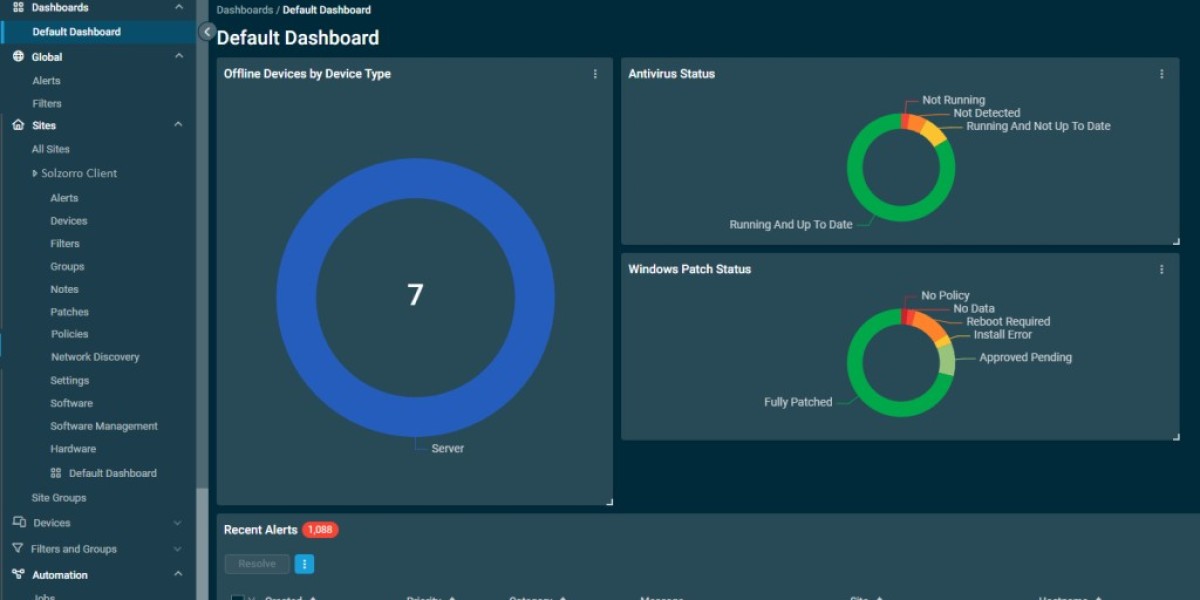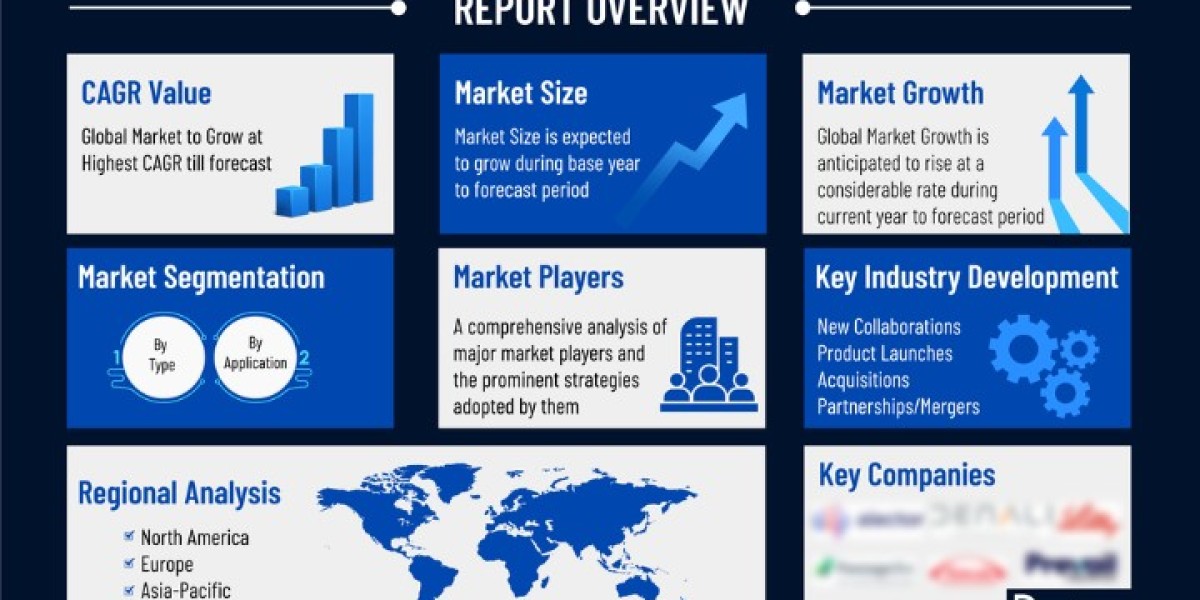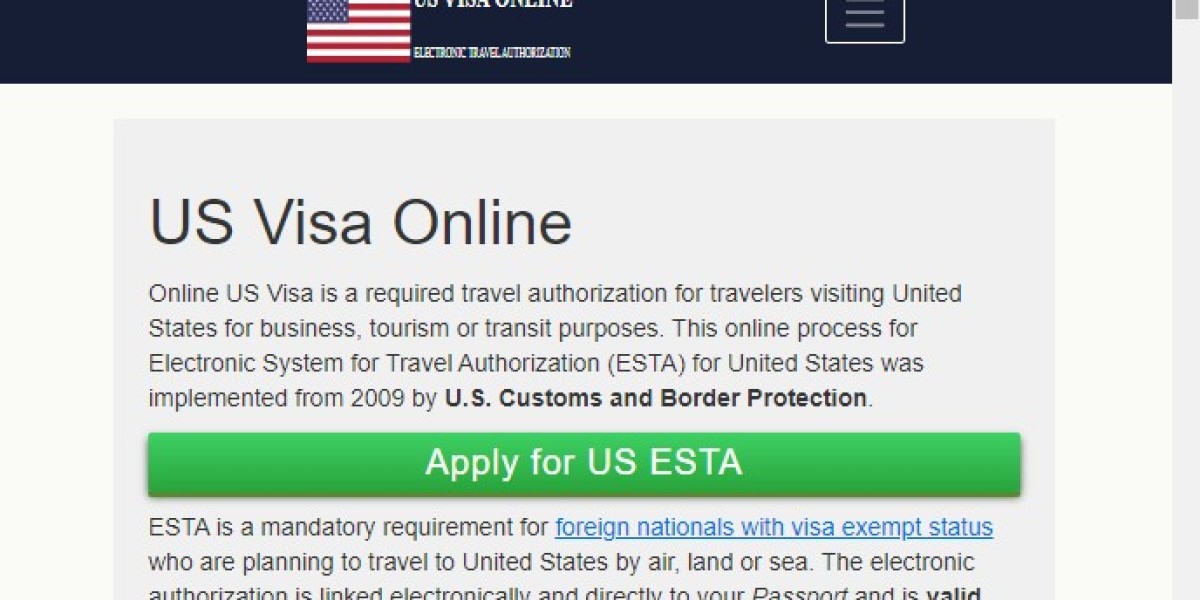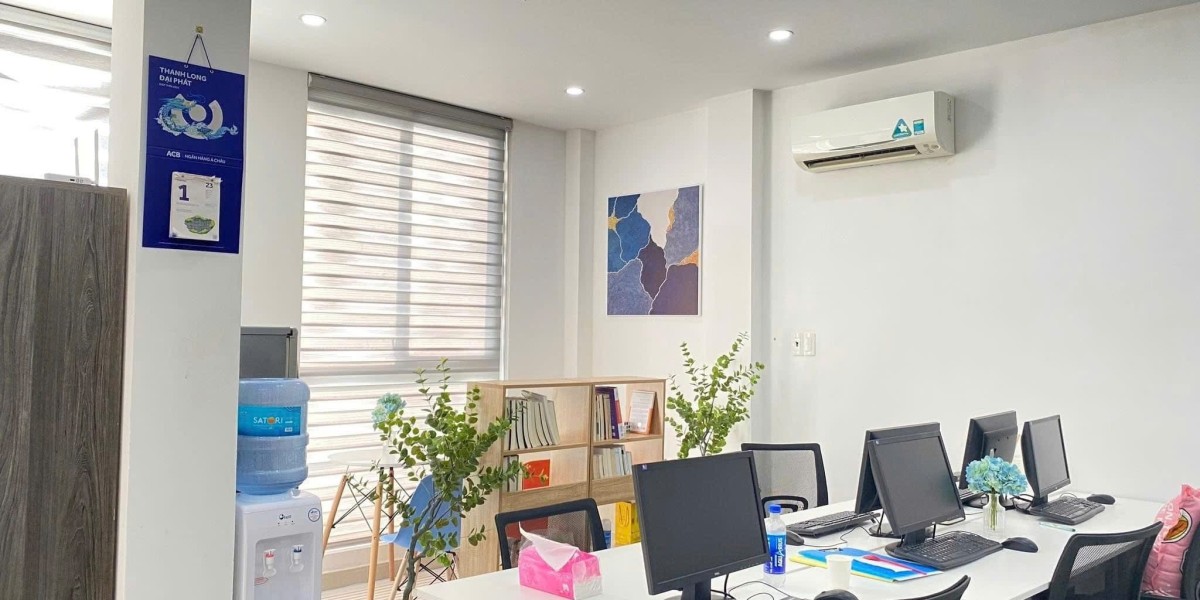In today's fast-paced digital landscape, the effectiveness of IT management can significantly impact a business's overall success. One of the most essential tools for IT professionals is RMM software. But what exactly is an RMM tool, and why should your organization consider implementing it?
What Is an RMM Tool?
An RMM (Remote Monitoring and Management) tool is a comprehensive software solution that empowers IT teams to remotely monitor and manage their IT infrastructure. This includes keeping tabs on servers, networks, workstations, and various devices. With the ability to detect potential issues before they escalate into critical problems, RMM tools are designed to enhance operational efficiency and minimize downtime.
Components of RMM Tools
Typically, an RMM tool consists of two main components:
Monitoring Agent: Installed on devices, this agent collects crucial performance data, such as CPU usage, disk space, and network traffic.
Management Console: This interface is used by IT teams to view and manage the collected data from monitored devices. It allows for tasks like software updates, patch management, and remote access to devices.
Why Do I Need an RMM Tool?
Proactive Monitoring and Maintenance
One of the standout features of RMM software is its ability to facilitate proactive monitoring. IT teams can oversee clients' systems in real time, identifying issues before they become critical. This approach ensures that systems are always functioning optimally, reducing potential downtime.
Increased Efficiency
Automation is another significant advantage of RMM tools. Routine tasks like software updates, patch management, and antivirus scans can be automated, reducing the manual workload on IT teams. This allows professionals to concentrate on strategic initiatives rather than getting bogged down in repetitive tasks.
Improved Security
With centralized visibility into IT systems, RMM tools empower IT teams to identify security threats and vulnerabilities more effectively. By understanding the security landscape, teams can implement measures to prevent cyberattacks and data breaches, enhancing overall security.
Scalability
As the client base of an IT team expands, manual management of IT systems can become increasingly challenging. RMM tools allow teams to scale their operations effectively. By automating routine tasks, they can serve more clients without compromising the quality of service.
Are All RMM Tools Created Equal?
While many RMM tool may share similar underlying technologies, their features, functionality, and user experience can vary significantly depending on the provider. Just as restaurants can offer vastly different dining experiences even if they source ingredients from the same supplier, the quality of RMM software can differ widely.
Conclusion
Implementing an RMM tool can revolutionize how IT teams manage their clients' systems. With features that enhance proactive monitoring, automate routine tasks, improve security, and facilitate scalability, RMM software is an invaluable asset in the modern IT landscape. By choosing a robust RMM solution, such as those offered by Solzorro, organizations can position themselves for success in an increasingly complex technological world. The efficiency gained from these tools allows IT teams to focus on strategic initiatives while maintaining a high level of service for their clients.







